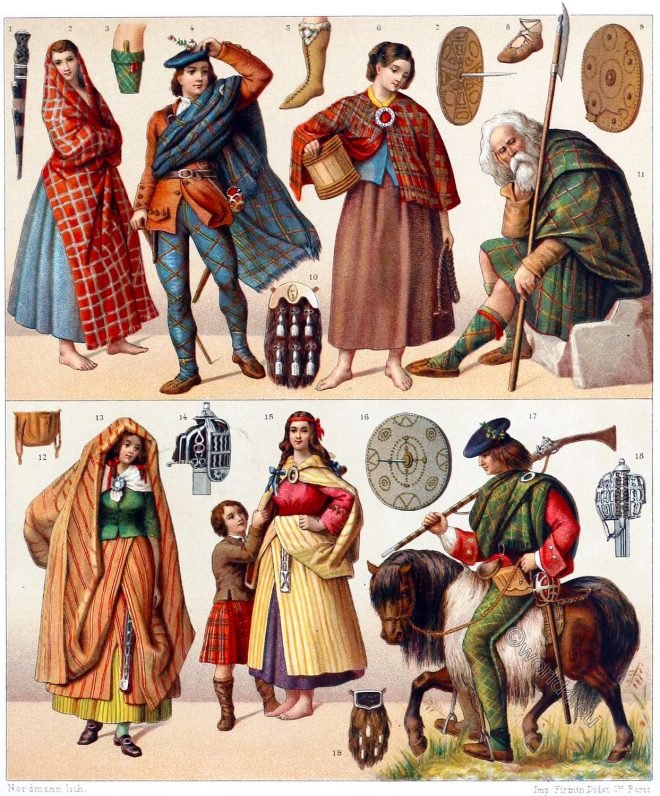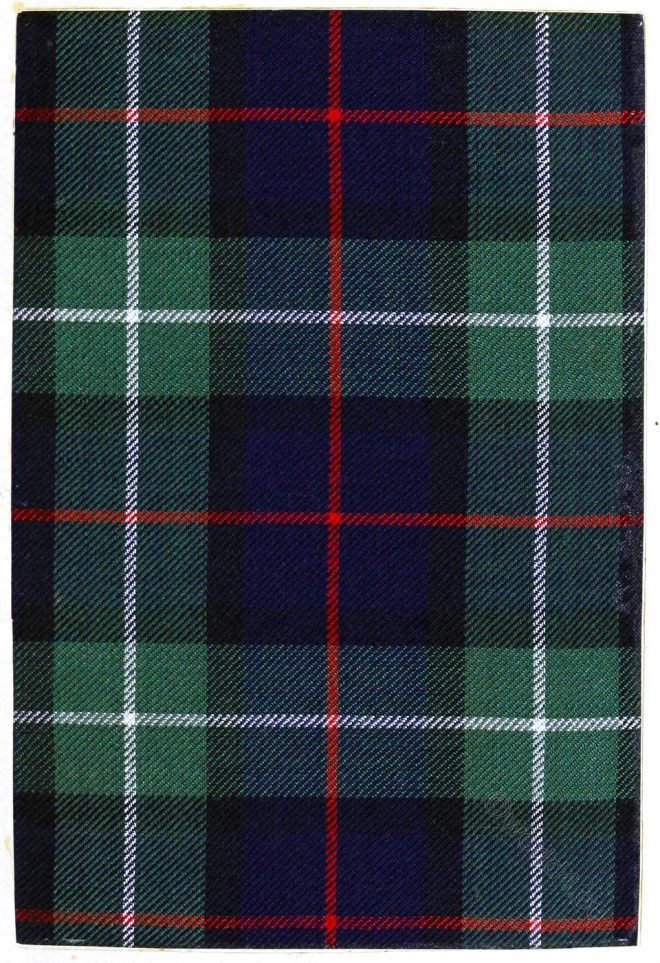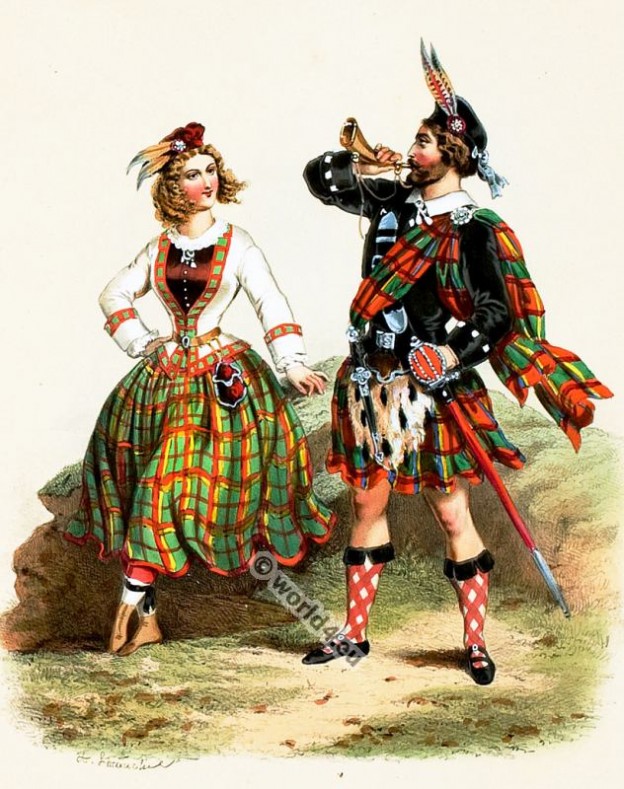Few families, says Sir Walter Scott, can boast of more historical renown than that of Graham.
Tag: Tartan
The Scottish clan Buchanan, their Tartan, Badge and War Cry.
Towards the middle of the 13th century, Gilbert, seneschal to the Earl of Lennox, obtained from him a part of the lands of Buchanan in Stirlingshire, and took his name from them.
Scotland. Costumes of the mountain dwellers. The woman.
The Clan of the Mac-Nicols, Sinclai, Colqhon, Farquharson, Urqhart, Mathesons, Mac-Niels, Clan Mac-Ivor, Chisholm, Mac-Lean, Clar-Innis
Historical Scottish national costumes. The different clans.
The different Clans of the Scottish Highlands. Chiefs, warriors and farmers. The colours of the bards. Tartan and plaid.
The Clan Davidson. Old and rare Scottish tartans.
The Clan Davidson (Daibhidh). THE evidence of the early date of this design rests entirely upon specimens in collections of old hard tartans.
The Campbell tartan in the collection of the Highland Society of London.
Regimental dress 1793 to 1802. This is the only Campbell tartan in the collection made by the Highland Society of London in 1816-17.
The Scottish clans. The Tartan of Robert Bruce, King of Scotland.
The first Robert Bruce came to England as a knight of Normandy, in the wake of William the Conqueror. After William’s victory over Harold, he sent him to the northern parts of England to subdue them.
Tartan of Clan Brodie. Red and black check, popularly called Rob Roy.
Many of the oldest Scottish tartans in variations of red and black check are popularly called Rob Roy
Tartan of the Lord of the Isles at about 1750.
The tartan is represented only in the coat of the youth holding the golf-club, the trews being in red and white check; …
Scots. Historical Scotland costumes 1850s.
Ecossais. Scots. Les nations. Album des Costumes De Tous les Pays.










